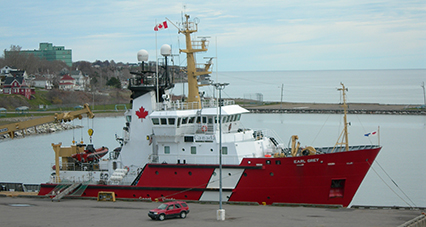Methodology
To achieve our objectives and to answer the analytical questions that have been posed, the research plan combines a number of elements. The first is a baseline reading of the foundational levels of the Gulf of St. Lawrence. The second is a comparative analysis of six resource - environmental policy cases in which natural and political hierarchies intersect. The third is an exploration of the multiple pathways and structures that constitute the contemporary Gulf polity. Each of these elements provides the logical and empirical basis for the ones to follow.


